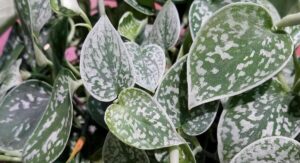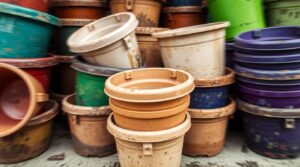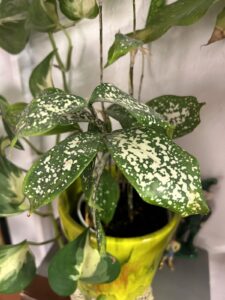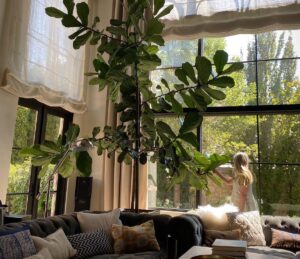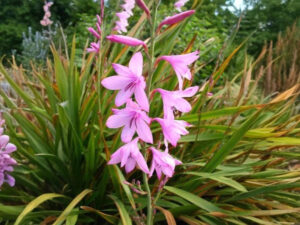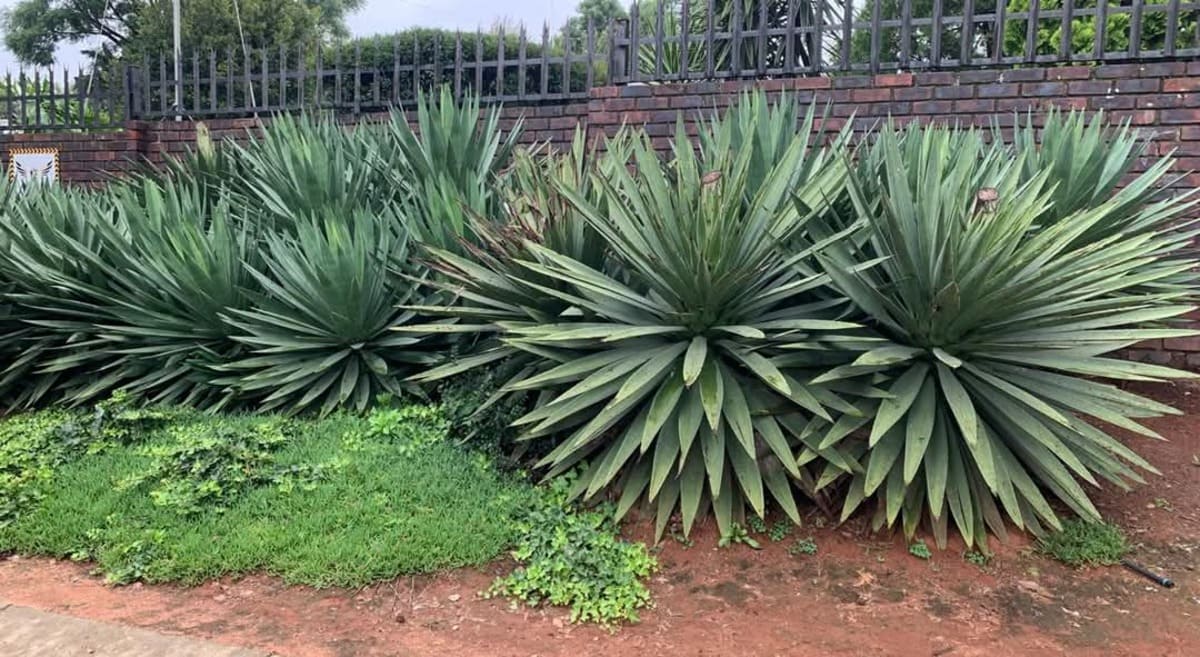
Yucca plants are beloved for their striking, sword-like leaves and incredible resilience, making them a favorite choice for indoor gardeners across the U.S. Native to arid regions of the Americas and the Caribbean, yuccas are perfectly suited to indoor spaces due to their ability to thrive in low-water conditions and bright light.
As someone who appreciates low-maintenance plants that still make a bold statement, yucca plants have always been a top choice for me. Their architectural foliage is ideal for adding visual interest to any corner of your home, and they’re surprisingly easy to care for.
If you’re looking to keep your yucca plant healthy and thriving indoors, here are three expert-recommended tips to ensure success.
In this article
How to care for a yucca plant
Before bringing a yucca into your home, it’s worth noting that they can be mildly toxic to pets if ingested. If you have cats or dogs, consider placing this plant in a location your pets can’t access, or opt for a pet-safe alternative. Once that’s sorted, here are three tips to help your yucca plant flourish.
Position your yucca plant in bright, indirect sunlight
Yucca plants naturally grow in sunny, arid environments, so they’re happiest in spots with plenty of light. While they can tolerate some direct sunlight, too much exposure can lead to leaf scorch.
‘Yucca plants thrive in bright, indirect light, so placing them near a south or west-facing window works best,’ says Alex Kantor, owner of Perfect Plants Nursery. ‘Be careful not to expose them to harsh afternoon sun for extended periods.’
If your home doesn’t get much natural light, you can supplement with a grow light for houseplants to mimic the bright conditions yuccas prefer.
Water sparingly and ensure proper drainage
Yucca plants are drought-resistant and don’t require frequent watering, making them ideal for busy lifestyles. Overwatering, however, can lead to root rot and yellowing leaves, so it’s crucial to let the soil dry out completely between waterings.
‘Yuccas don’t like sitting in soggy soil,’ advises Lisa Eldred Steinkopf, plant expert at The Houseplant Guru. ‘Use a well-draining soil mix and always check the soil moisture before watering. If the top two inches feel dry, it’s time to water.’
I recommend using a soil moisture meter to ensure accuracy. After watering, be sure to empty the saucer beneath your pot to avoid water pooling at the base.
Feed your yucca plant during the active growing season
Yucca plants don’t require heavy fertilization, but a little boost during their active growing season (spring and summer) can help maintain their health and encourage growth.
‘Use a diluted liquid fertilizer every six to eight weeks during the growing season,’ says Jeannie Psomas, owner of The Plant Lady: San Francisco. ‘Avoid fertilizing during winter, as the plant enters dormancy and doesn’t need the extra nutrients.’
Be cautious not to over-fertilize, as this can lead to salt buildup or root burn. Always follow the instructions on your chosen fertilizer for the best results.
Yucca plants are incredibly versatile and can thrive both indoors and outdoors, depending on the variety and your local climate. The best placement for your yucca plant really depends on your specific growing conditions and preferences.
Yucca Plants Indoors

Yucca plants are an excellent choice for indoor gardening because they’re low-maintenance and stunning to look at. Indoors, they prefer bright, indirect light but can tolerate lower light conditions. Their slow-growing nature and ability to thrive in dry environments make them perfect for homes or offices where consistent watering might be a challenge.
If you live in a colder climate where outdoor temperatures drop significantly in winter, yucca plants are better suited for indoor life, as they are sensitive to frost. Additionally, keeping them indoors is a great way to protect your plant from pests and harsh weather.
RELATED: Low-Maintenance Plants for Busy People
Planting Yucca Plants Outdoors
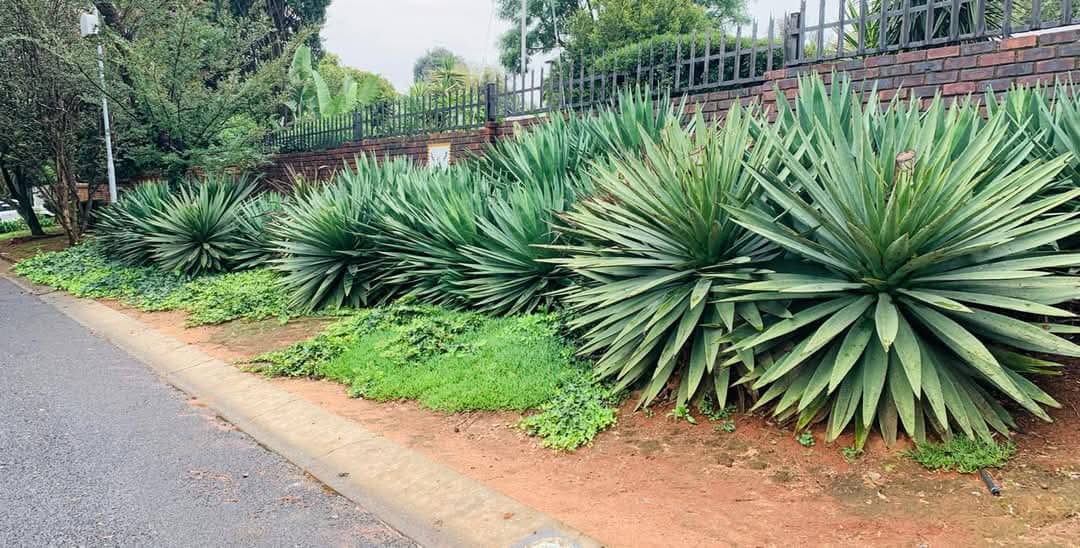
In warmer climates, particularly in USDA zones 7–11, yucca plants thrive outdoors as they are well-adapted to arid, desert-like conditions. They love full sun and well-draining soil, making them perfect for rock gardens, xeriscaping, or as statement plants in your yard.
Outdoor yuccas can grow significantly larger than their indoor counterparts, often reaching heights of 6 feet or more, depending on the species.
If you’re looking for a striking outdoor plant that requires minimal watering and care, yuccas are a fantastic choice. Just be mindful of their sharp, spiky leaves when planting them in areas with high foot traffic or near play areas for children or pets.
The Verdict
Whether yucca plants are better suited for indoors or outdoors largely depends on your climate and how much space and light you can provide. For colder climates and limited outdoor space, an indoor yucca adds a touch of drama and greenery to your home. In warmer regions, outdoor yuccas can thrive and make a bold statement in your garden.
FURTHER READING: Plants that are toxic to pets
